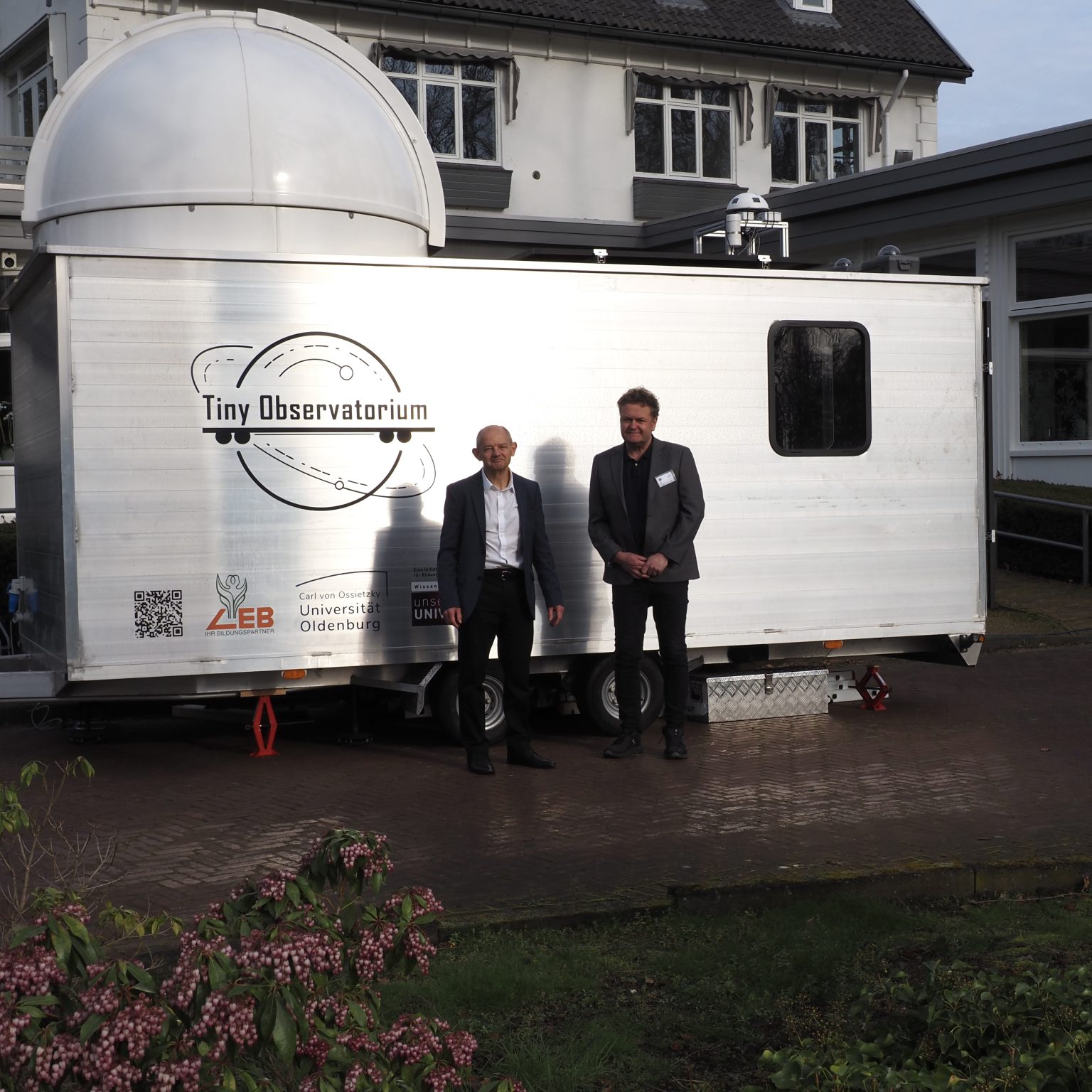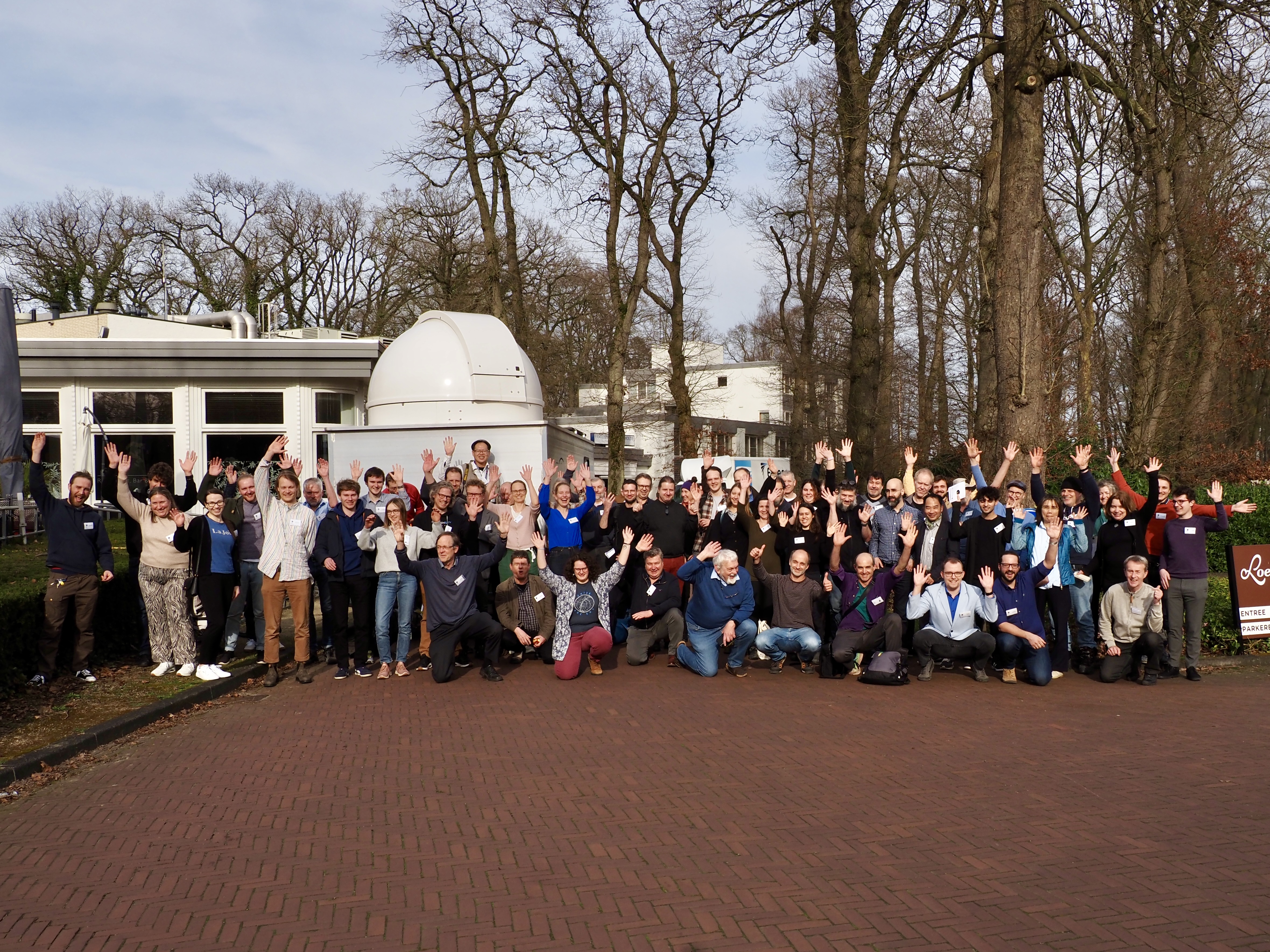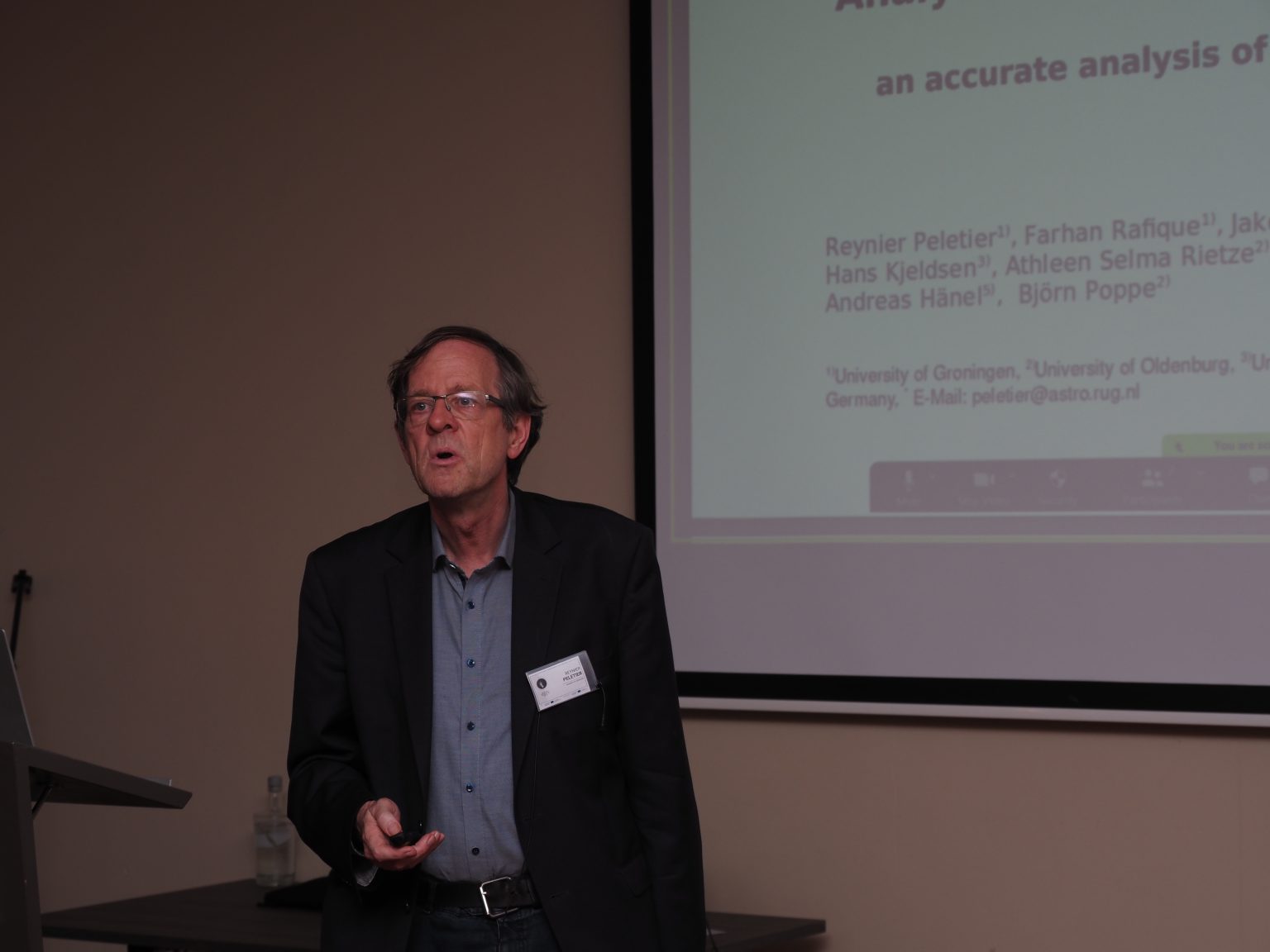From the 14th to the 16th of March, the 16th edition of the European Symposium for the Protection of the Night Sky was held in Paterswolde, near the city of Groningen. Close to a hundred like minded individuals, from various different backgrounds, came together to showcase and discuss their projects, research and views regarding the rise of light pollution. All the different facades of ALAN were attentively highlighted in allocated conference sessions. From talks on dark sky parks and biodiversity, to discussions on lighting planning and regulations and policy, to presentations of ongoing light pollution measurements.
It was a joy to see everyone - astronomers, ecologists, conservationists, activists, engineers, lighting experts, policy makers, and the list goes on - come together and share their insights and all that they have worked on.
We started off day one with light pollution and biodiversity talks. They, amongst others, focused on the effects of artificial light on human and animal sleep patterns and the impacts on wellbeing in general. After which the topic switched to the effects of ALAN on the behaviour of insects and various nocturnal species. The ramifications on landbird migration were also presented. Next, our very own Prof. Dr. Björn Poppe took to the stage to share all there is to know about KID’s detectors, cross-calibration and evaluation. His talk commenced the light pollution measurements session of the day. Varieties of light pollution imagery and inventorisation, and associated measurement equipment were talked through. To wrap up the day we watched the brilliant documentary The Dark Side of Bright Nights, which intends to inform the general public about light as a pollutant.
On the second day, we saw our colleagues of the Darker Sky project kick off the dark sky and society discussion session. During this part, the role of mankind and the societies we live in were connected to darkness and the problem of artificial light. For instance, a talk on a light pollution reduction project in the harbour of Lauwersoog was given (by Klaas Laansma, whom various KID members work with closely), as well as a talk on an ongoing project of loan telescopes in the Netherlands to let people connect to the night again (by KID’s Theo Jurriens). Our KID member Jake Noel-Storr, PhD, also gave a co-development session on data driven light pollution education, which really connected all the attendees. The afternoon saw sessions on regulations and policy. Presentations on how to approach these matters when it comes to reducing light pollution were discussed in detail, from the perspectives of various countries and initiatives. KID’s project leader, Prof. Dr. Reynier Peletier, wrapped up the second day with his talk on the analysis of the KID-Groningen SQM network in the Wadden Sea region, bringing special attention to the accurate analysis of the increase in light pollution in this area.
The third and final official conference day began with a session on lighting planning, where various topics like safety in relation to lighting, the variety of colours in the light spectrum and what they mean in view of pollution, sustainable development, and light pollution outreach were covered. The latter two subjects were presented by KID's Koosje Lamers, PhD student at the UG. It was followed up by a session on satellite systems. Astro tourism, parks and nature preserves were also discussed extensively from a light pollution perspective.
Sunday marked the very end of EURODARK 2024, with a guided tour through the UNESCO World Heritage Site known as the Eise Eisinga Planetarium - the oldest planetarium in the world - followed up by a tour through Dark Sky Park Lauwersmeer. The rest of the conference also saw lots of activities in between discussion sessions, like mobile planetarium shows, research poster shows, a conference dinner, and an observing session using Oldenburg’s Tiny Observatory when the weather permitted it. Some attendees also came together to do some light pollution measurements in the area.
All the KID members, particularly the ones that were also part of EURODARK’s local organizing committee would like to thank everyone once more for joining us for the 16th edition of the symposium, and for being a part of the journey towards a darker night sky. We also want to thank our readers here for following our research and cause.
In memory of Dr. Ommo Hüppop
We are saddened to say that our dear KID colleague Ommo passed away on the 26th of March 2024, a few days after attending the project’s conclusion at EURODARK. He was a renowned ornithologist and a dedicated conservationist. His knowledge on birds and their migration, nature conservation and climate change, has helped us put KID's light pollution measurements into perspective, and connect them to nature’s need for darkness.
Above all, he was a wonderful person, and it was a privilege for us to have been able to work with him. He himself and his contributions to KID, to science, and to nature preservation, will not be forgotten.

The dean of the University of Groningen, Joost Frenken, in front of the Tiny Observatory with Prof. Dr. Björn Poppe

A group picture with most of the EURODARK 2024 attendees.

An impression.

Prof. Dr. Reynier Peletier (KID project lead) during his presentation on KID.
